From multiple eclipses to the latest missions pushing the boundaries of space exploration, here’s what space events 2025 holds in the stars for us.
Planets Align in the Sky
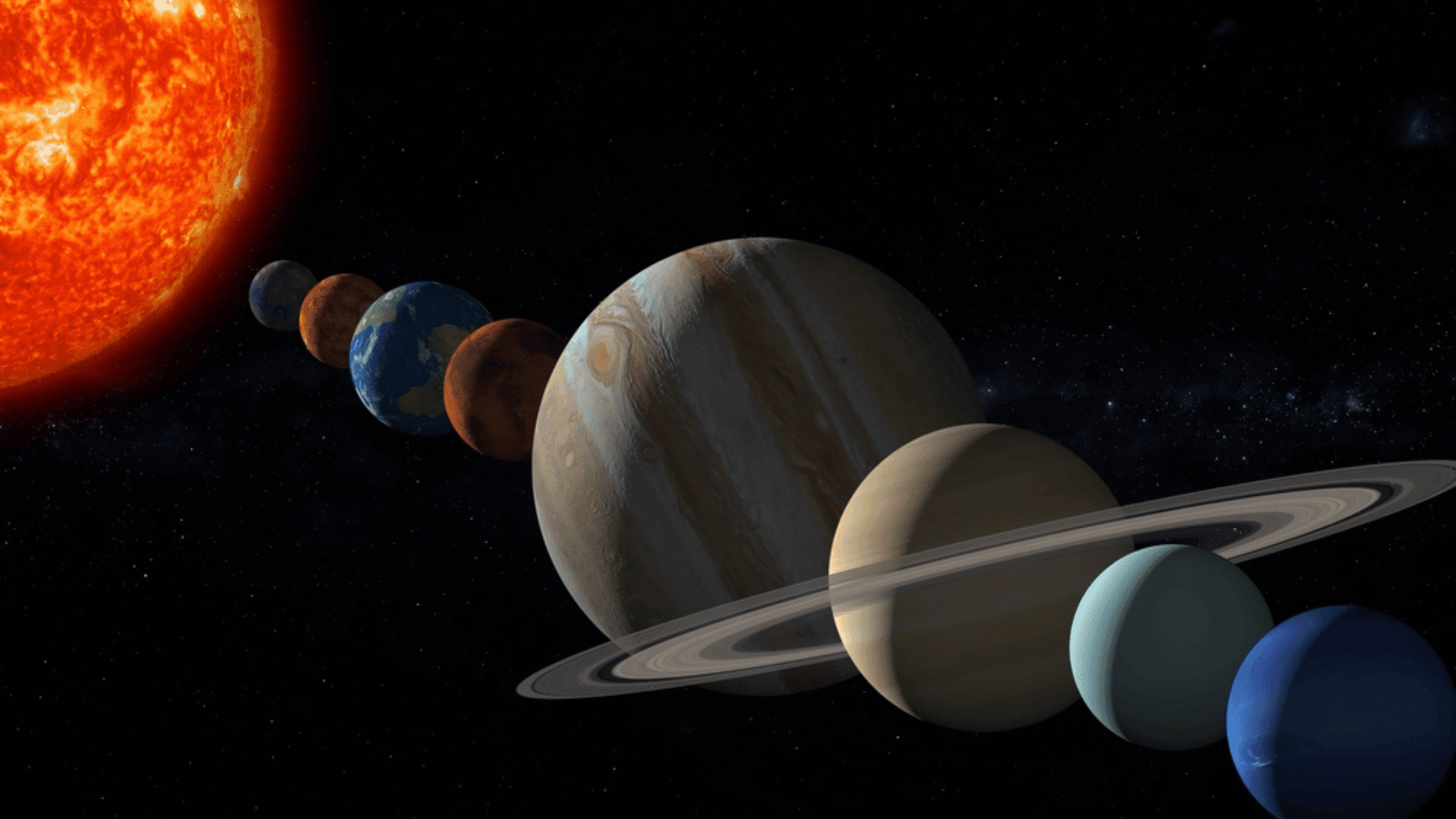
A rare planetary alignment will occur on February 28th, when seven of the solar system’s planets will appear together in the Earth’s skies. Otherwise known as a “planetary parade”, several planets will be visible to the naked eye including Mars, Jupiter, Mercury, and Saturn. To spot all of the planets, however, skywatchers must have perfect timing as Saturn and Mercury will be near the sun at sunset, making them more difficult to see.
Total Lunar Eclipse
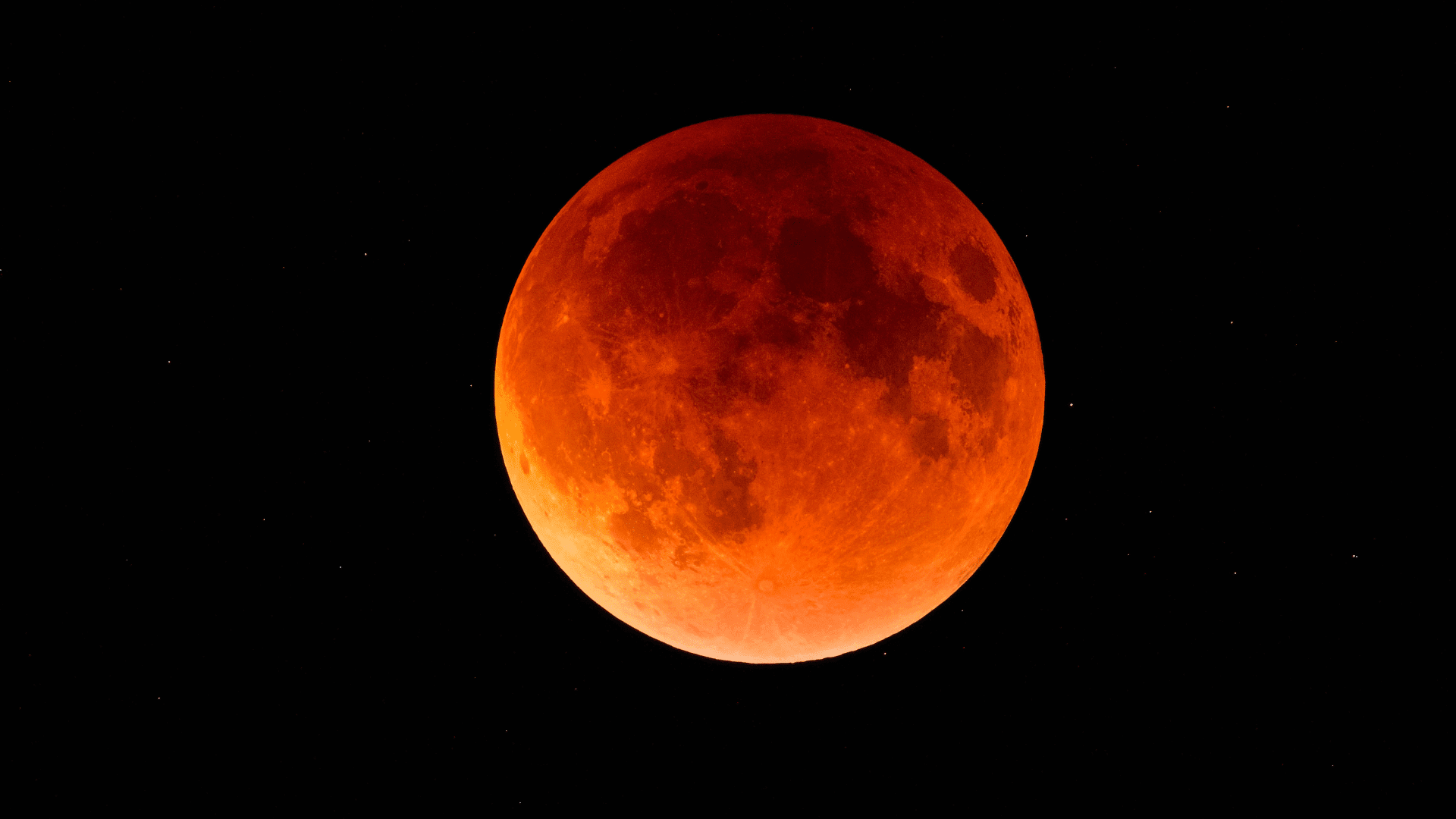
Otherwise known as a “blood moon”, the full moon will take on a deep red hue during this total solar eclipse on March 14th. During a total lunar eclipse, the full moon passes through the shadow of the Earth. Sunlight that reaches the moon is filtered through our planet’s atmosphere, which scatters away shorter-wavelength blue light and allows red light to pass.
This year’s lunar eclipse will be visible from all parts of the US and parts of other continents, but only the Americas and Antarctica will see the full duration of the total eclipse phase.
Partial Solar Eclipse
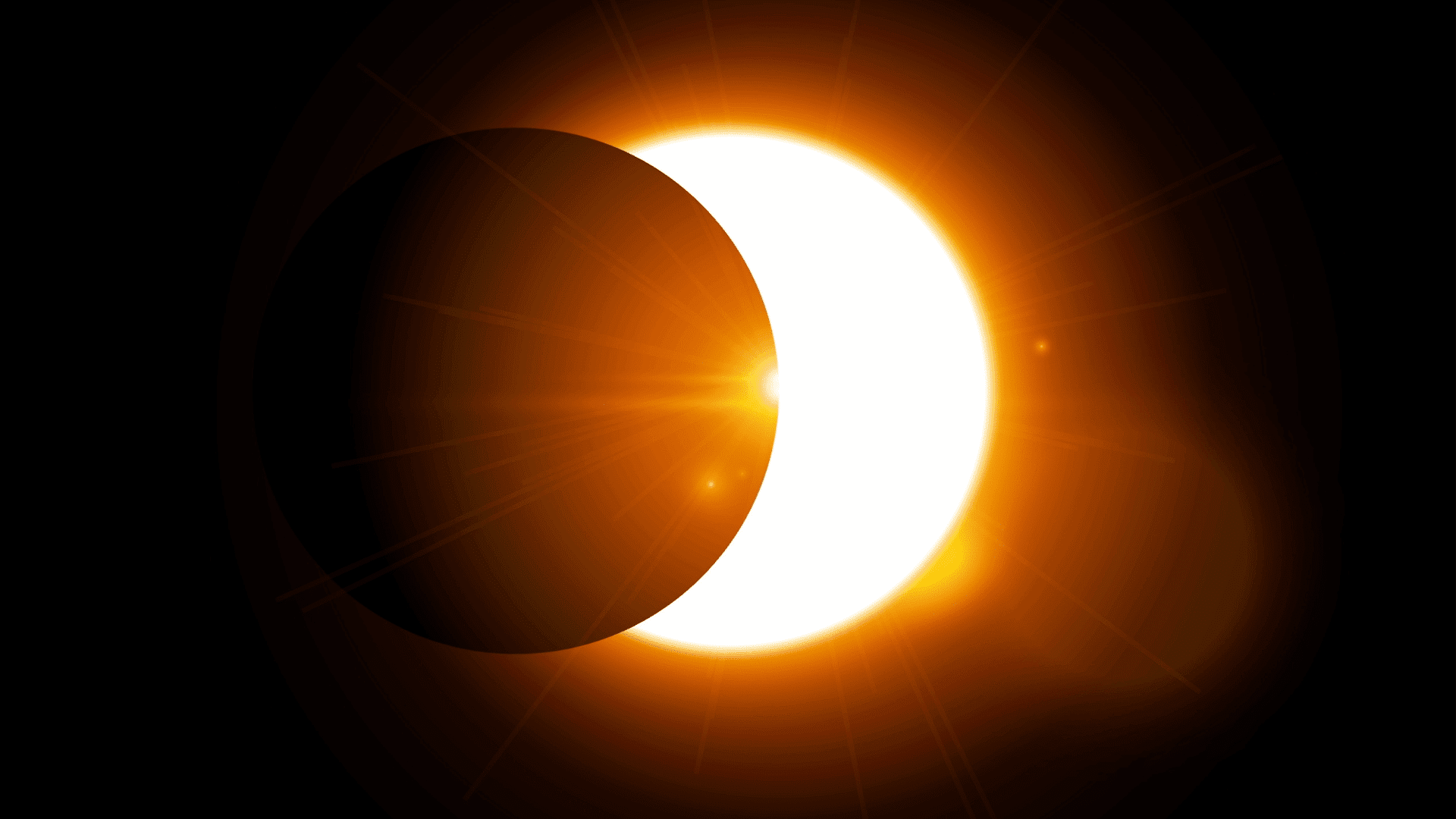
In other space news, following the total lunar eclipse, the sun will cast the moon’s shadow across a portion of the globe in a partial solar eclipse on March 29th. The best view of this event will be in parts of Canada, where up to roughly 93 percent of the sun will be covered. Though this year’s solar eclipse won’t see a period of totality like the solar eclipse of April 8, 2024, onlookers will witness the moon obscuring a portion of the sun’s face.
According to Forbes, only eastern states, including parts of Connecticut, Delaware, the District of Columbia, Maine, Maryland, Massachusetts, New Hampshire, New Jersey, New York, North Carolina, Pennsylvania, Rhode Island, Vermont, Virginia, and West Virginia, will be able to glimpse this event.
Meteor Showers
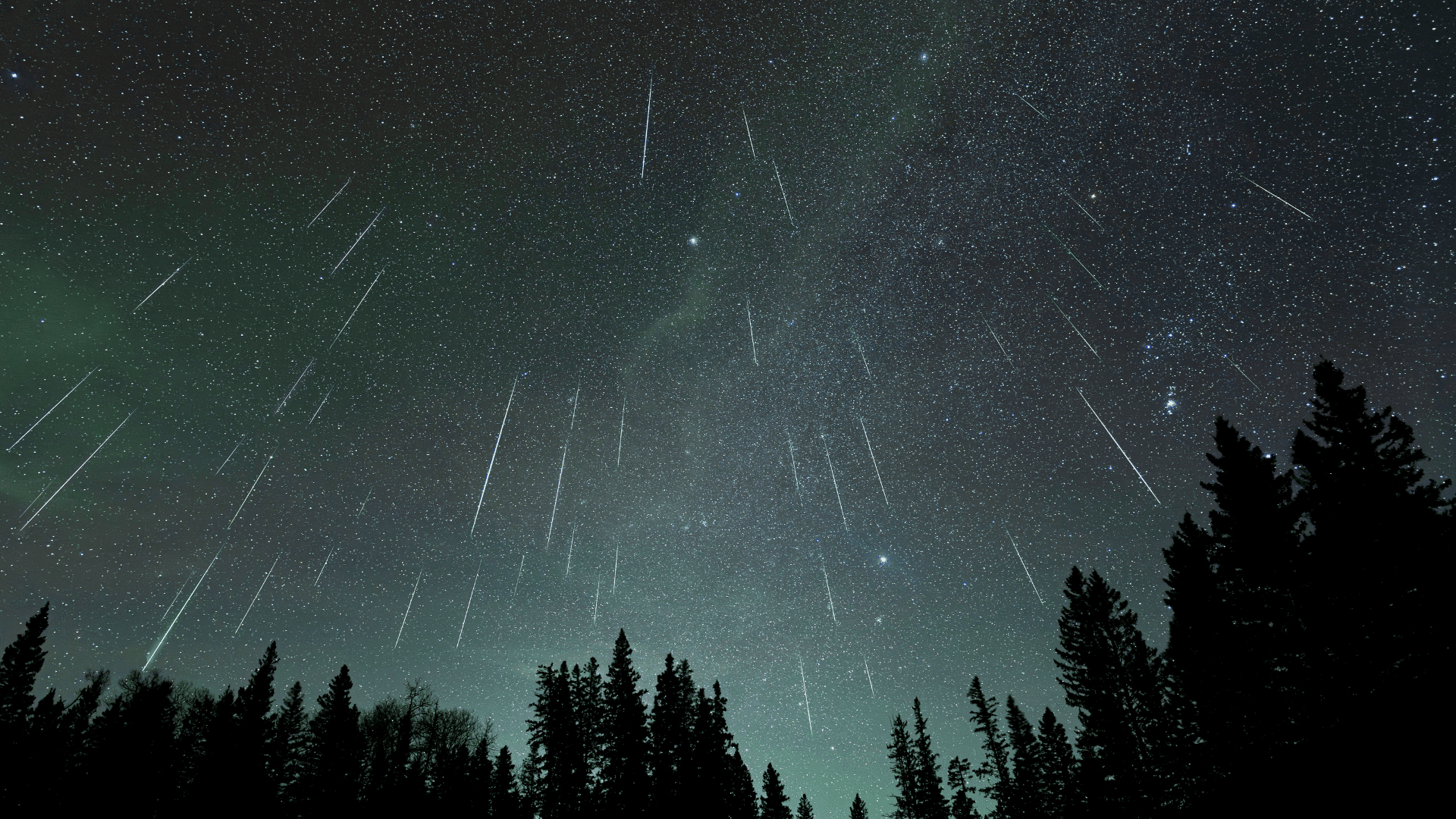
There are quite a few meteor showers set to take place this year, including the Lyrid Meteor Shower, Perseid Meteor Shower, Dracanoid Meteor Shower, Orionid Meteor Shower, and Geminid Meteor Shower. The Lyrid Meteor Shower will occur from April 15th to 30th, with peak rates of meteors occurring from April 21st to 22nd. The smaller window will see approximately 10 to 15 meteors per hour under peak conditions.
The annual Perseid Meteor Shower will take place on the night of August 12th, when viewers can spot up to 100 meteors per hour in peak conditions. This year’s Perseid Meteor Shower, however, takes place days after a full moon which could obscure some of the fainter meteors.
Though the Dracanoid Meteor Shower is typically a smaller celestial event, producing no more than 10 meteors per hour, there are rare instances where this event produces a “meteor outburst,” and experts speculate 2025 may be one of those years. Occurring on October 8th, the most recent Dracanoid outburst occurred in 2018, when European viewers reported seeing upwards of 100 meteors per hour.
The Orionid Meteor Shower, which occurs from September 22nd to November 22nd, is predicted to peak around October 22nd. Luckily, unlike some of the other meteor showers this year, this shower will coincide with a new moon, offering the best skies possible to spot the 10 to 20 meteors per hour it produces on average.
Finally, the Geminid Meteor Shower will occur from December 1st to 21st and peak on the night of December 13th when 120 meteors per hour will streak across the sky. For all meteor shower viewings, ensure you find a dark area away from artificial light and give your eyes 20-30 minutes to adjust to the dark (that includes putting your phone away).
Supermoons
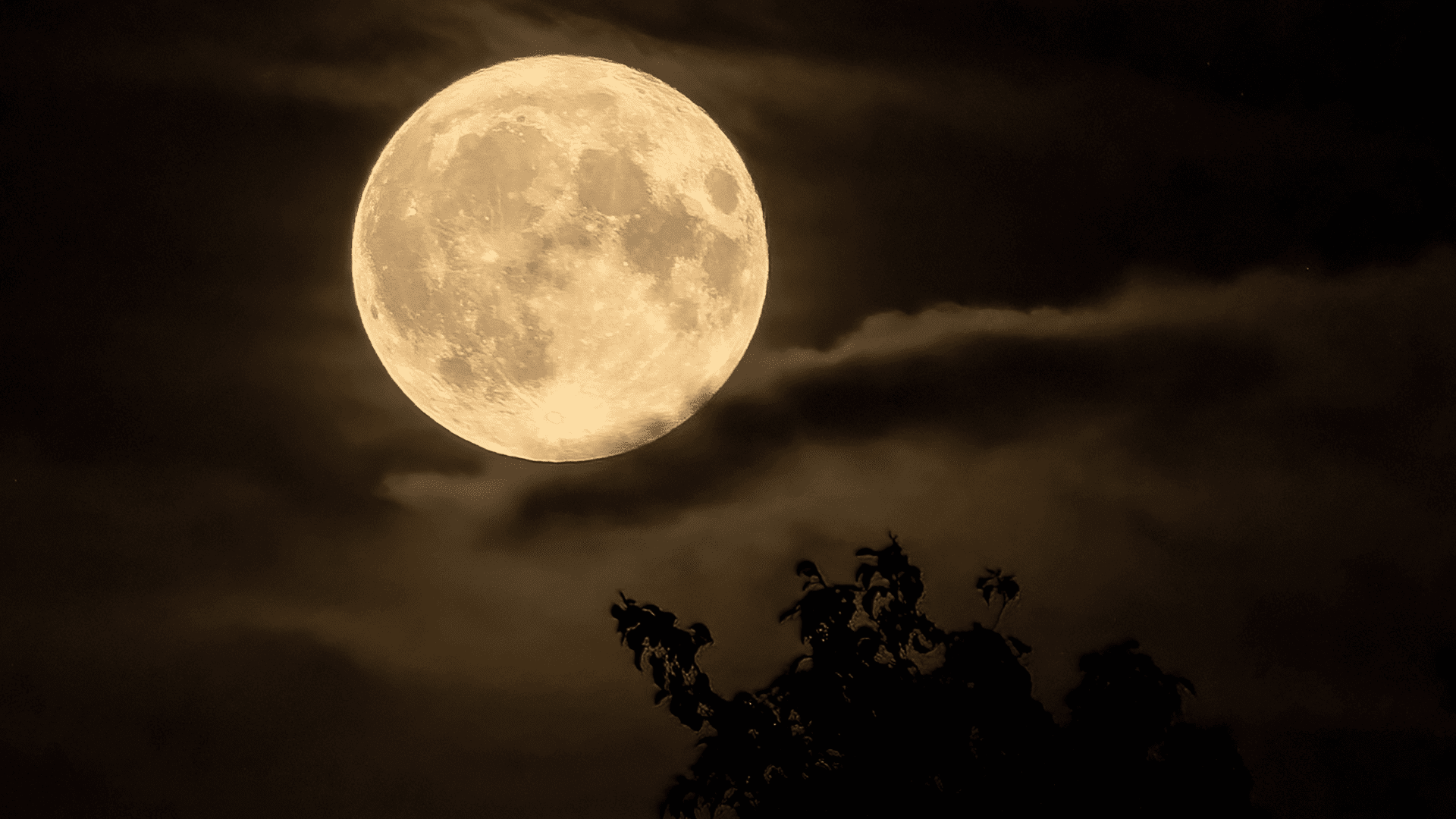
There are several supermoons this year, including three in a row beginning in October. The closest supermoon of the year takes place on November 5th at 221,965 miles away from Earth. Compared to the average full moon, a supermoon is up to 8 percent larger and 16 percent brighter because of its proximity.
Space Missions
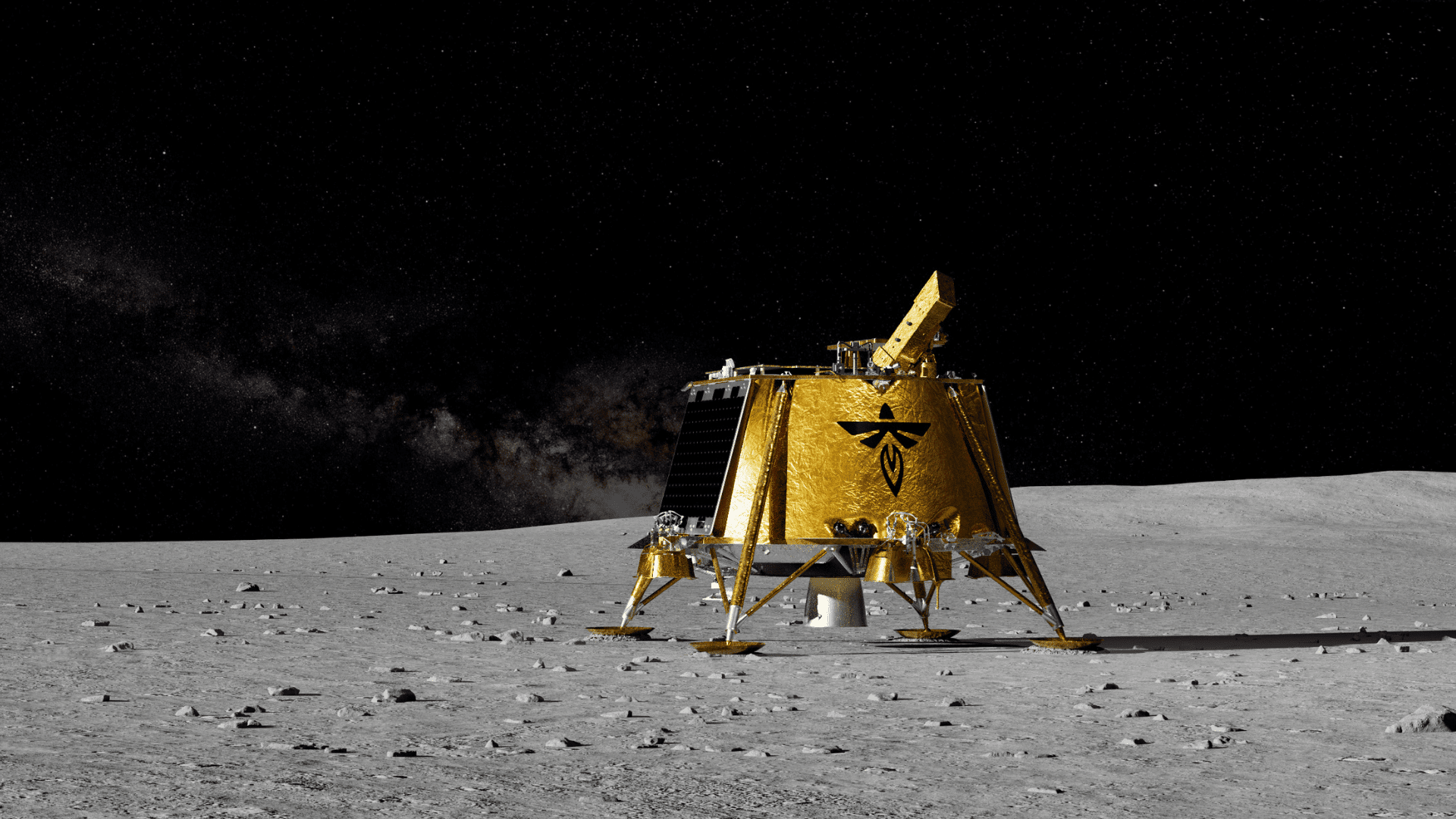
In January, lunar landers Blue Ghost Mission 1 and Resilience (Mission 2) will head to the moon to help scientists better understand the lunar surface. Additionally, the Lunar Trailblazer will launch into space on a rocket in early 2025, aiming to search for water on the moon.
The Proba-3 mission, which includes two satellites and launched in early January, will attempt to be the first to utilize a dual-spacecraft set up to observe the corona, the sun’s outer atmosphere. Europa Clipper, which launched in October 2024, will get an energy boost around March 2025 when it flies by Mars. The spacecraft is slated to reach Jupiter in 2030 and study the planet’s moon, Europa.







